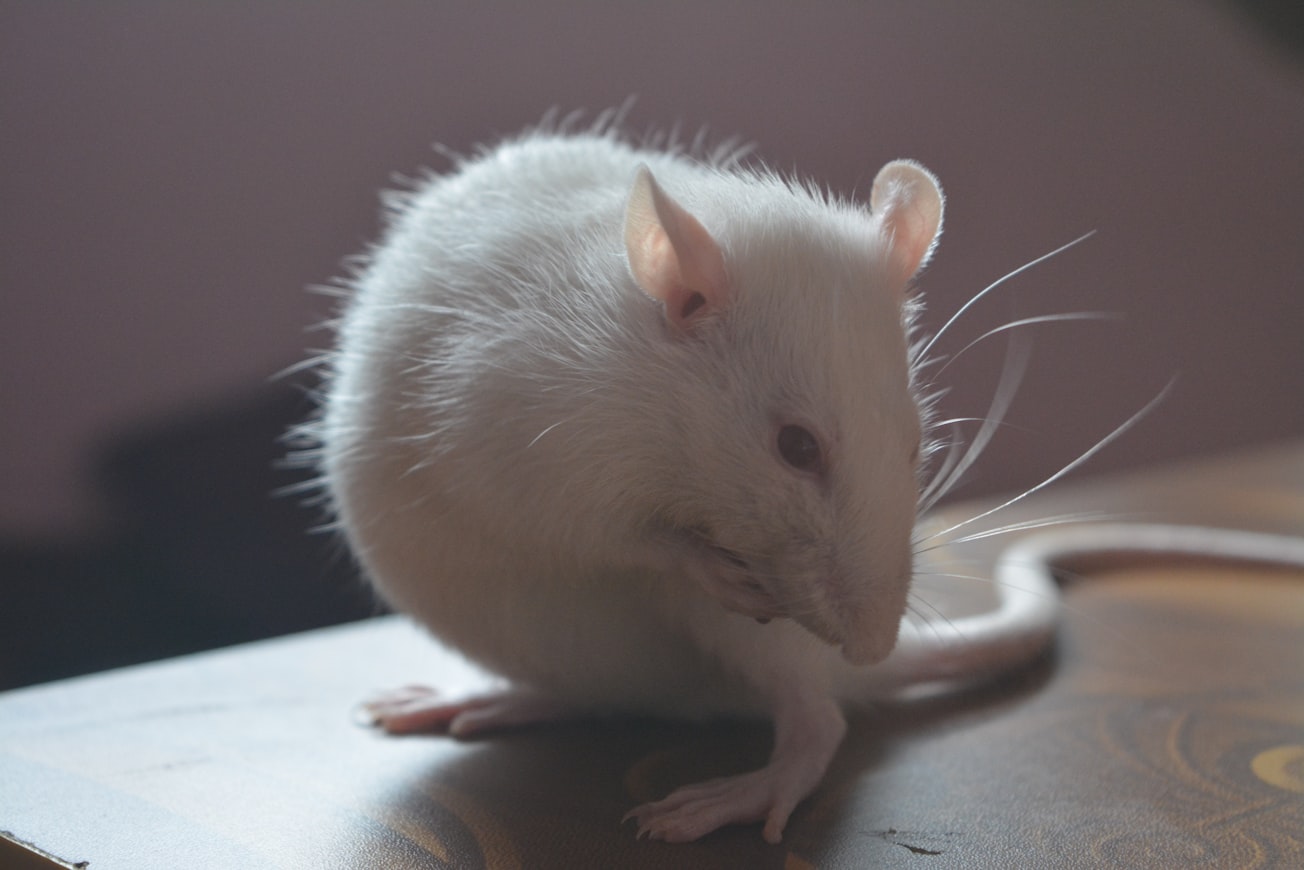What is it about?
We have chosen to study the acute and subacute oral toxicity of aqueous extract of Coriandrum Sativum seeds in the Wistar rat. For the acute toxicity study, four groups of rats received once orally 500, 1000, 3000 and 5000 mg/kg body weight aqueous extract of grain CS (AECS). Subacute toxicity for four weeks was achieved by administering daily doses (1000, 2000 and 3000 mg/kg) of AECS in Wistar rats. No deaths were recorded in animals and no clinical detectable signs were observed after fourteen days of dose escalation. Subacute toxicity results showed that administration of AECS caused a decrease in body weight in rats. Behavioral monitoring of the rats during the study showed the onset of movement disorders, weakness, hair straightening, diarrhea and abscesses in the head at a dose of 3000 mg/kg. Thorough examination of the kidneys and liver revealed no changes in these organs and histopathological examination showed vascular congestion and inflammation of the kidneys and liver necrosis in rats treated at 3000 mg/kg. The hematological profile showed an increase in lymphocytes, leukocytes, eosinophils, basophils, monocytes, red blood cells, hemoglobin and hematocrit, while a slight decrease in neutrophils.
Featured Image

Photo by Kalyan Sak on Unsplash
Why is it important?
Coriandrum Sativum seeds are known for their wide uses in traditional medicine despite the lack of studies on its toxicity in the literature. For this we have studied their acute and suacute toxicity and we have concluded that they must be used with caution because its aqueous extract, traditionally used, has caused certain signs of toxicity and can therefore affect the liver and kidneys at repeated doses.
Perspectives
Additional studies are necessary to verify the toxic aspect of the extracts of these seeds.
PhD Student Youssef SHIH
Universite Ibn Tofail Kenitra
Read the Original
This page is a summary of: Evaluation of the Acute and Subacute Toxicity of Aqueous Extract of Coriandrum
sativum L. Seeds in Wistar Rats, Current Drug Safety, November 2023, Bentham Science Publishers,
DOI: 10.2174/1574886317666220606153524.
You can read the full text:
Resources
Contributors
The following have contributed to this page










